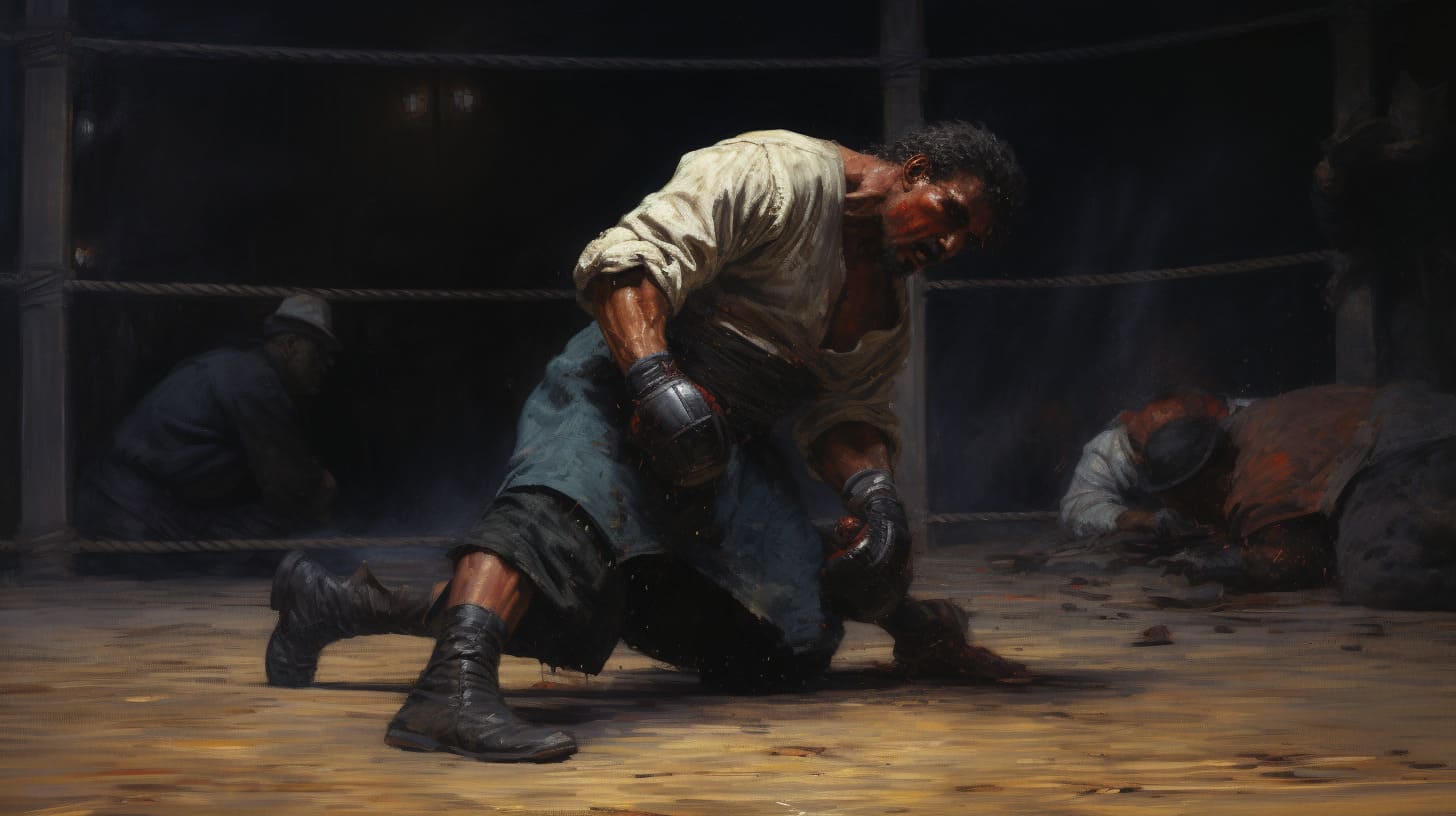In the demanding sport of boxing, protection is not just about dodging blows, it’s about gearing up right. A boxing cup holds a cardinal place in a boxer’s protective arsenal, safeguarding the fighter from grievous injuries during a bout. This humble piece of gear, often overlooked in the glitz of gloves and headguards, carries the significant duty of guarding the delicate groin area from the wrath of misaimed punches.
Over the decades, the boxing cup has seen a steady evolution, morphing in design and material to offer enhanced protection and comfort. From the rudimentary loincloth protectors of the bare-knuckle era to today’s anatomically designed high-impact resistant cups, the journey reflects a blend of tradition and modern-day innovation. The evolving design showcases a keen understanding of the anatomy, ergonomics, and the vehement desire to keep the boxer safe in the ring.
The boxing cup is more than just a protective gear; it’s a silent custodian of a boxer’s ability to continue in this strenuous sport, ensuring each jab to the groin doesn’t spell the end of a promising career. Its importance is unparalleled, making it an indispensable companion of every pugilist stepping into the ring.
Why a Boxing Cup is Essential
Boxing is a sport of agility, skill, and endurance, but it also brings a fair share of perils to those in the ring. One such peril is the risk of severe groin injuries which can be mitigated substantially with the use of a sturdy boxing cup. The blows dealt in boxing are powerful, and a misdirected punch can result in a painful and sometimes, a long-lasting injury. Here’s a closer look at why having a boxing cup is non-negotiable for boxers:
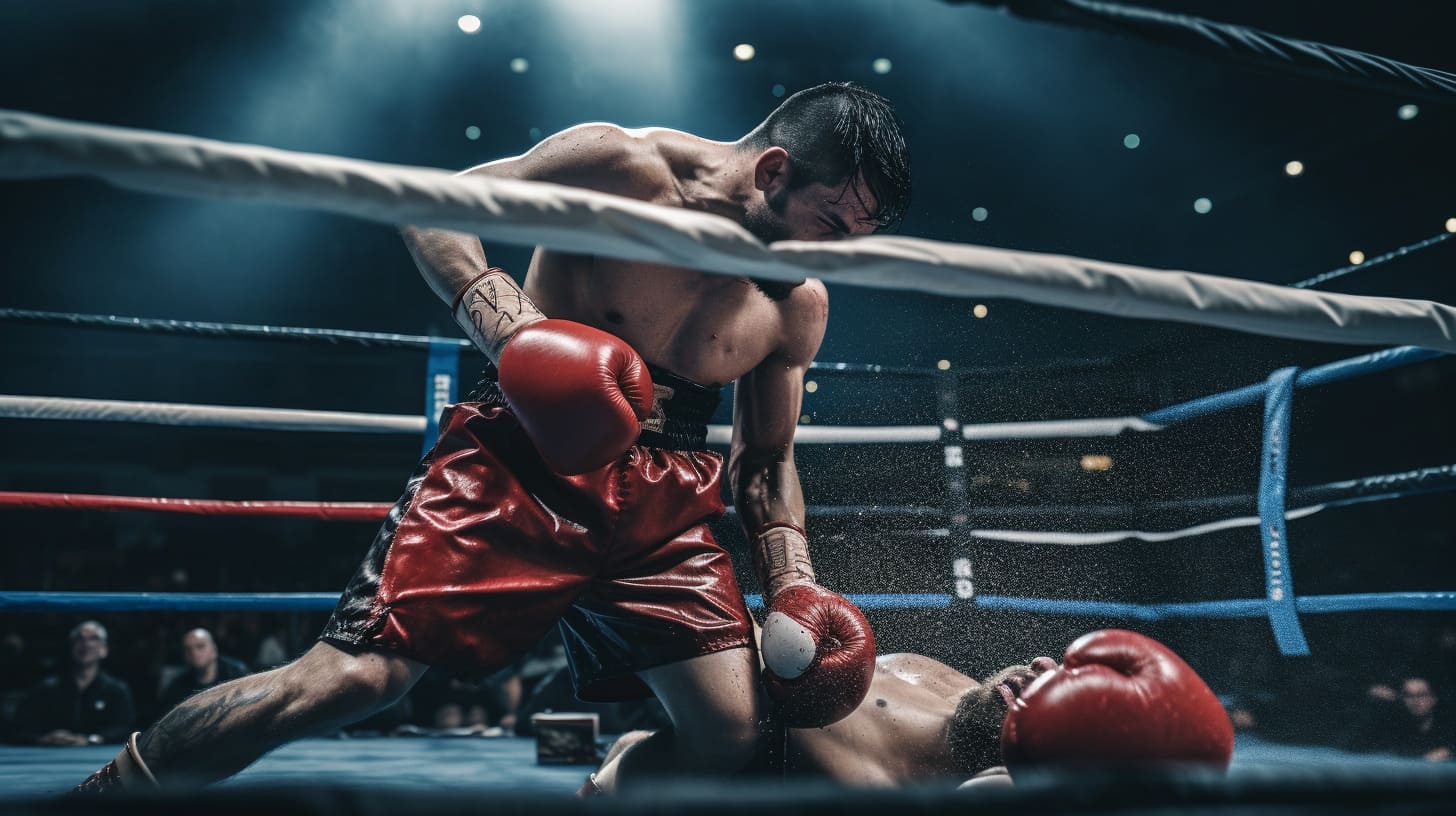
Common Injuries:
- Contusions: A sudden blow can cause bruising and bleeding in the groin muscles.
- Strains: Overstretching during dodging or landing a blow can strain the groin muscles.
- Hernias: A direct hit can cause an abdominal organ to push through the muscle, leading to a painful hernia.
A good boxing cup acts as a shield, absorbing the brunt of the impact and thereby, preventing or reducing the severity of the injury.
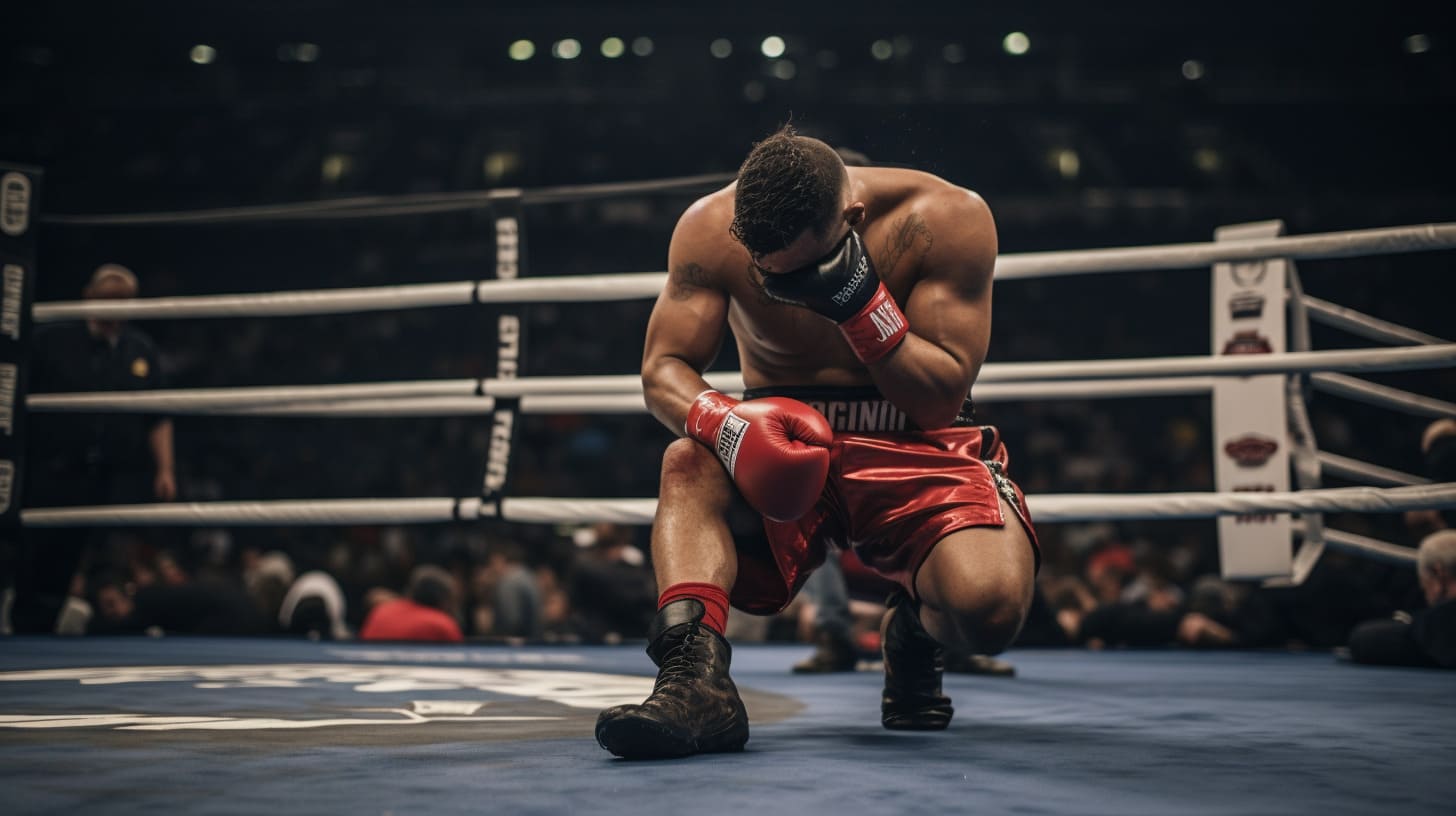
The groin area is a complex network of muscles, ligaments, and sensitive organs. An injury to this area can lead to:
- Pain and Swelling: Immediate pain and swelling are common symptoms post-impact.
- Reduced Mobility: The pain can hinder the mobility of the boxer, affecting their performance adversely.
- Long-term Damage: Severe injuries can cause long-term or even permanent damage, hampering a boxer’s career.
Understanding the anatomy of a groin injury underscores the indispensable role of a boxing cup. The long-term effects can be debilitating. A severe injury can lead to chronic pain, reduced mobility, and in extreme cases, it might end a promising boxing career prematurely. The recovery period can also be extended, keeping the boxer out of the ring for an indefinite period, thus stalling their progress and journey towards titles.
The boxing cup is not just a piece of gear, but a career-saving investment. It’s a small price for safeguarding one’s ability to continue practicing the sport they are passionate about. The assurance a boxing cup provides lets the boxer focus on the fight, making each movement with the confidence that they are protected against unforeseen low blows.
Types of Boxing Cups
Venturing into the realm of boxing requires gearing up adequately, and one such crucial gear is the cups. The market offers a variety of boxing cups, each designed to cater to different preferences and needs. Here’s a closer look at the types of cups and the materials they are made from:
Types of Boxing Cups:
Traditional Cups:
- These are classic designs that have been around for ages.
- They come with a jockstrap to hold the cup in place.
- Mostly preferred for their tried-and-tested design.
Compression Shorts with Cup groin guard
- A modern take on groin protection.
- The cup is slid into a pocket in the shorts ensuring it stays in place.
- Provides a snug fit and additional thigh support.
No-Foul Protectors:
- Designed to offer more coverage, protecting the groin, lower abdomen, and hips.
- Often used by professional boxers.
- They come with adjustable straps for a customized fit.
Materials often used:
- Steel:
- Offers maximum protection.
- Heavier and might be uncomfortable for some.
- Plastic:
- A lightweight option.
- Provides a good level of protection.
- Carbon Fiber:
- Combines lightness of plastic with strength close to steel.
- A middle-ground option.
Groin Guard Versus Boxing Cup:
The term groin guard is often used interchangeably with a boxing cup, however, there’s a subtle difference. A groin guard is a broader term that encompasses various designs including the traditional cup, no-foul protectors, and compression shorts with cup pocket. On the other hand, a boxing cup specifically refers to the protective cup, which can be held by a jockstrap or slotted into compression shorts.
Understanding the differences and the level of protection each type provides is crucial. A poorly chosen boxing cup can hinder movement, while a well-chosen one blends with the boxer’s body, ensuring protection without sacrificing comfort.
The choice between a traditional boxing cup, a no-foul protector, or a compression short with a cup pocket boils down to personal preference, the level of protection desired, and the comfort level with each design. Taking the time to understand the pros and cons of each type and material will go a long way in making an informed decision that could have a significant impact on a boxer’s career and safety in the ring.
Top boxing cup brands and models
Boxing aficionados swear by certain brands when it comes to the crucial aspect of groin protection.
Here’s a brief on some top models and brands:
- Winning Boxing Cup:
- Renowned for its snug fit and optimum protection.
- Crafted with robust materials ensuring longevity.
- Shock Doctor:
- Popular for its gel-based cushioning offering supreme comfort.
- Features a modern design with a secure fit.
- Diamond MMA:
- Incorporates a co-molded elastomer design for robust protection.
- Highly rated for its comfort and innovative design.
- Lo-Bloo Thai Cup:
- A professional-grade groin guard, lightweight yet sturdy.
- Preferred for its ergonomic fit.
- RDX Groin Guard:
-
- Known for its zero-impact shell and gel lining for ultimate protection and comfort.
- The adjustable straps ensure a personalized fit.
Each of these models carries unique features catering to the varied demands of boxers. Whether you are an amateur or a seasoned pro, investing in a reliable boxing cup from a reputable brand is imperative for ensuring safety while honing your boxing skills.
How to Choose the Right Boxing Cup
Choosing the right boxing cup is a nuanced decision, influenced by factors like fit, material, and design. Here’s a breakdown of these pivotal considerations:
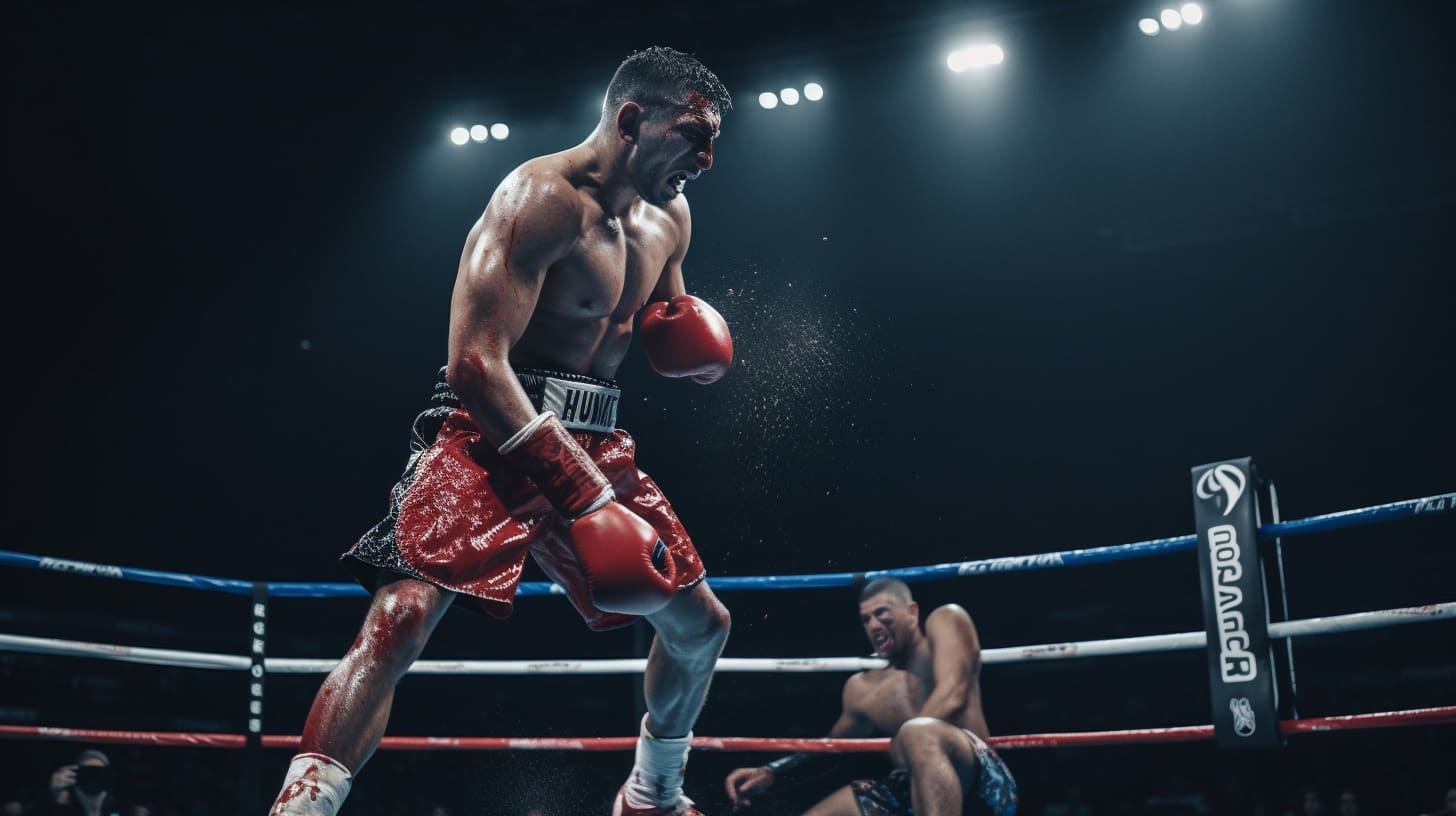
- Fit:
- A well-fitting boxing cup should feel snug but not restrictive.
- It should stay in place during movements, providing seamless protection without any discomfort.
- Material:
- Common materials include steel, plastic, and carbon fiber, each with its own set of benefits.
- Steel is robust, plastic is lighter, and carbon fiber offers a blend of strength and lightweight.
- Design:
-
- Some designs are tailored for beginners, providing extra padding and support.
- Advanced designs are crafted for experienced boxers, focusing on a balance of protection and mobility.
Different designs cater to varying levels of boxing expertise. For instance, beginners might opt for boxing cups with additional padding, while seasoned boxers might lean towards sleeker designs that offer optimal protection without hindering movement. The right boxing cup can significantly enhance your confidence and performance in the ring, so take your time to choose one that aligns well with your boxing prowess and comfort.
Boxing Cup in Professional Boxing
The realm of professional boxing has witnessed numerous incidents where a boxing cup proved to be a boxer’s unsung companion. A memorable instance is the match between Andrew Golota and Riddick Bowe in 1996, where Golota’s recurrent low blows highlighted the indispensable need for quality groin protection in the ring.
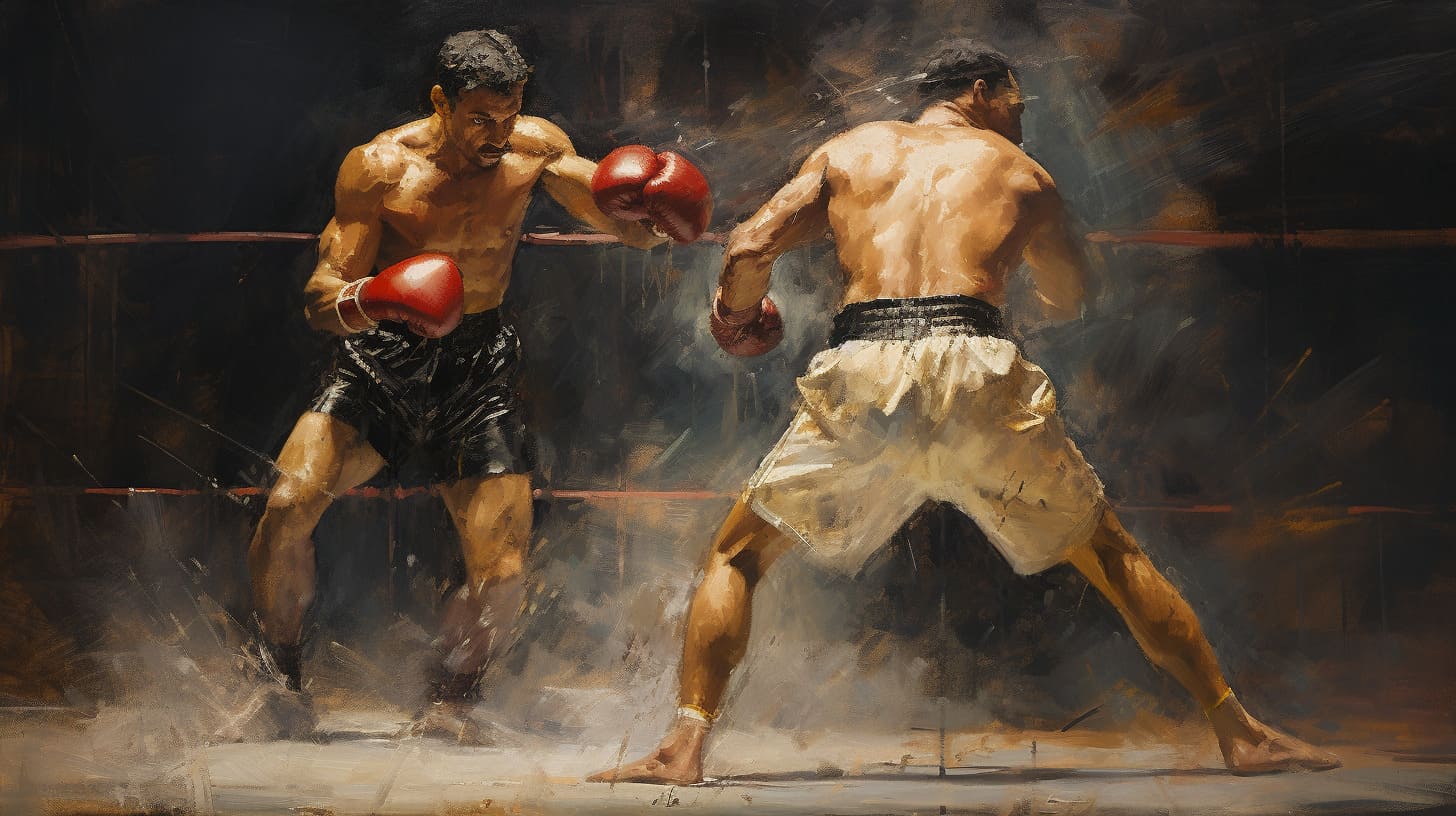
Professional boxers have their preferences when it comes to choosing the right boxing cup. The Winning Boxing Cup is a favorite among many due to its high-end protection and comfort. Notable boxers have been seen endorsing specific brands, reflecting the significance of a reliable boxing cup in their career.
Moreover, the endorsement and preferences of professional boxers often influence the choices of aspiring and amateur boxers. They look up to the professionals for guidance on the right gear, which underscores the importance of making informed decisions in selecting a boxing cup that ensures safety while not compromising on comfort and mobility. Through endorsements and personal preferences, professional boxers indirectly educate the boxing community on the importance of investing in a good quality boxing cup, a small gear with a big impact.
Conclusion
In conclusion, boxing is a sport that demands not only skill and determination but also an emphasis on safety. The boxing cup stands as a quintessential gear, guarding against severe groin injuries that could potentially derail a boxer’s career. From the traditional cups to the modern-day compression shorts with cup pockets and no-foul protectors, the evolution of boxing cups reflects the growing understanding of safety in the sport. The materials used, ranging from steel to carbon fiber, further amplify the level of protection offered.
Top brands like Winning Boxing Cup have set a high standard in the market, providing robust protection coupled with comfort. However, the right fit, material, and design are crucial factors every boxer should consider to ensure optimum protection and comfort. The preferences and endorsements from professional boxers serve as a guide for others in making informed choices.
We encourage you to invest time in choosing the right boxing cup that aligns with your boxing style and level of expertise. A well-chosen boxing cup can significantly impact your confidence and performance in the ring. We invite you to share your experiences or recommendations regarding boxing cups in the comments below. Your insights could be invaluable to fellow boxers on the same journey towards safety and excellence in the boxing realm.
FAQ’s regarding boxing cups
Why is a boxing cup necessary?
A boxing cup is essential for protecting the groin area from painful and potentially severe injuries during training or a match.
What are the different types of boxing cups?
The various types include traditional cups, compression shorts with cup pockets, and no-foul protectors. They come in materials like steel, plastic, and carbon fiber.
How to wear and maintain a boxing cup?
Properly wearing a boxing cup involves ensuring a snug fit without restricting movement. Maintenance includes regular cleaning and replacing when signs of wear are evident.
What are some memorable incidents in professional boxing concerning groin protection?
There have been instances where groin protection has either failed or saved a boxer from severe injury, showcasing its indispensable role in the sport.
